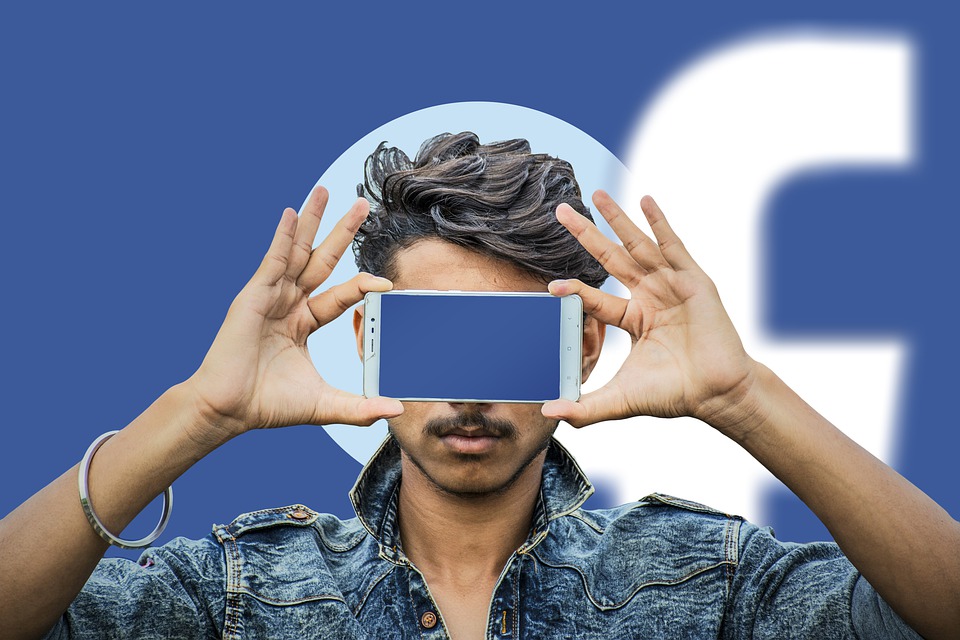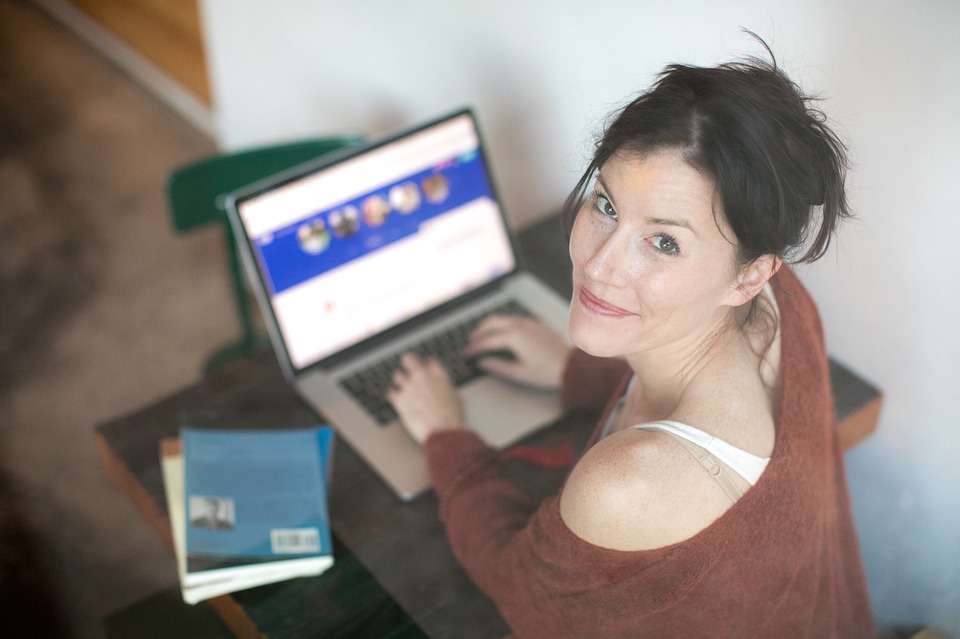More than a third of millennials use their phones for personal activities up to 2 hours during the workday.
By MediaStreet Staff Writers
Technology is now on the verge of making us utterly unproductive. This is according to a new report from Udemy.
The study measured how distracted employees are during work hours, how they’re responding to distractions, and the price of distraction for employers and the economy at large. The research found a strong correlation between increased levels of distraction, decreased productivity, and a lack of proper training at work.
Workers can’t resist the pull of social media
Most survey respondents (58%) said they don’t need social media to do their jobs, but they still can’t make it through the day without it. When asked to rank various social media sites and communication tools by degree of distraction, Facebook came in first (65%), followed distantly by Instagram (9%), Snapchat (7%), and Twitter (7%).
In addition to recognising how workplace distraction can hurt productivity and diminish quality of work, companies need to be aware of the very real damage to employee morale and retention. Among millennials and Gen Z, 22% feel distractions prevent them from reaching their full potential and advancing in their careers, and overall, 34% say they like their jobs less as a result.
When people are engaged, they report being more motivated, confident, and happy, and feel they deliver higher quality work. And, based on the survey, opportunities around learning and development are the top drivers of engagement.
Workers want training but are reluctant to ask for it
Though 69% of full-time employees surveyed report being distracted at work and 70% agree that training could help them learn to focus and manage their time better, 66% have never brought this up to their managers. Younger workers, in particular, are also having trouble balancing work and personal activities on devices they use for both; 78% of millennials/Gen Z say using technology for personal activity is more distracting than work-related tools like email and chat.
Let’s face it, we are all suckers for social media. The good news for marketers is that with highly engaged audiences comes a lot of places to put targeting advertising and reach these audiences.
Do you supply services to the Irish Media Industry? Have you listed your company in our Media Directory? It’s free! Everyone’s favourite price! Click here to do it now.
































